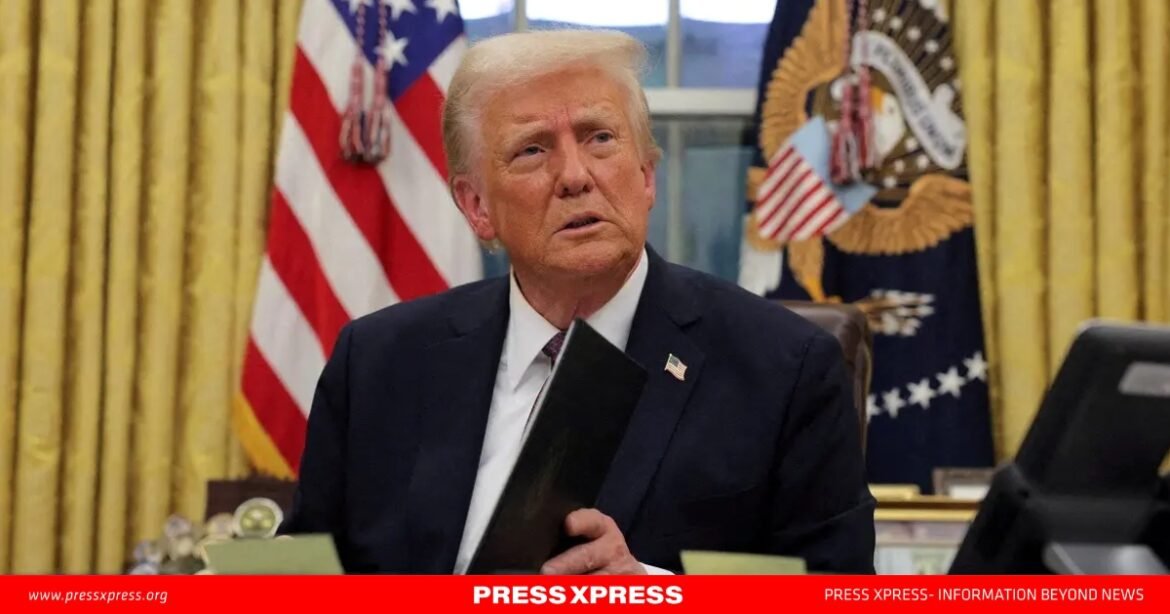President Donald Trump wasted no time reigniting his tough stance on trade, issuing fresh threats of tariffs against China, the European Union, Canada, and Mexico just days into his new term. Speaking Tuesday from the White House, Trump signaled a possible 10% tariff on Chinese imports, citing the deadly fentanyl crisis and its links to China via Mexico and Canada.
“The European Union is very, very bad to us,” Trump told reporters. “They’re going to face tariffs—it’s the only way to get fairness.”
Trump’s remarks followed his campaign promises of stronger trade policies and a sweeping crackdown on immigration. On Monday, he set a February 1 deadline for 25% tariffs on Canada and Mexico unless they curb illegal migration and fentanyl trafficking.
Tough Talk and Economic Impacts
Trump’s rhetoric jolted financial markets, with analysts closely watching the administration’s evolving trade strategies. The President signed a trade memorandum Monday ordering federal agencies to review trade deficits and practices, including currency manipulation and illicit drug imports.
China, targeted by the 10% tariff threat, urged dialogue. “There is no winner in a trade war,” said Foreign Ministry spokesperson Mao Ning, reiterating Beijing’s commitment to safeguarding its national interests.
U.S. Trade Advisor Peter Navarro underscored the urgency of Trump’s actions. “Every day, 300 Americans die from fentanyl overdoses,” Navarro said, defending the President’s hardline stance against Canada, Mexico, and China.
Farmers and Business Interests Caught in the Crossfire
The proposed tariffs have rattled U.S. agriculture, with corn and soybean farmers warning of billions in potential losses. Trade with Mexico and Canada—vital for U.S. corn and ethanol exports—could be disrupted if retaliatory tariffs emerge.
“We understand Trump’s negotiating style,” said Kenny Hartman Jr., National Corn Growers Association board president. “We just hope we don’t lose our exports to Mexico or Canada.”
China’s Strategic Response
China has signaled a willingness to engage but remains firm on protecting its economy. Despite the less severe 10% tariff threat—down from Trump’s campaign pitch of 60%—China’s stock markets and currency took a hit.
Trade expert Zhao Minghao of Fudan University sees cautious optimism. “There’s a chance for a deal, but it depends on what both sides can offer.”
Tariffs and the Broader Picture
The President’s latest moves aim to address trade deficits and illicit drug flows while pressuring allies and rivals alike. Analysts warn of potential ripple effects, with the U.S. GDP projected to shrink by $55 billion over four years if tariffs escalate, according to a Peterson Institute report.
As Trump pushes forward, all eyes remain on the looming February 1 deadline—and whether his bold strategy will pay off or further strain global trade.


